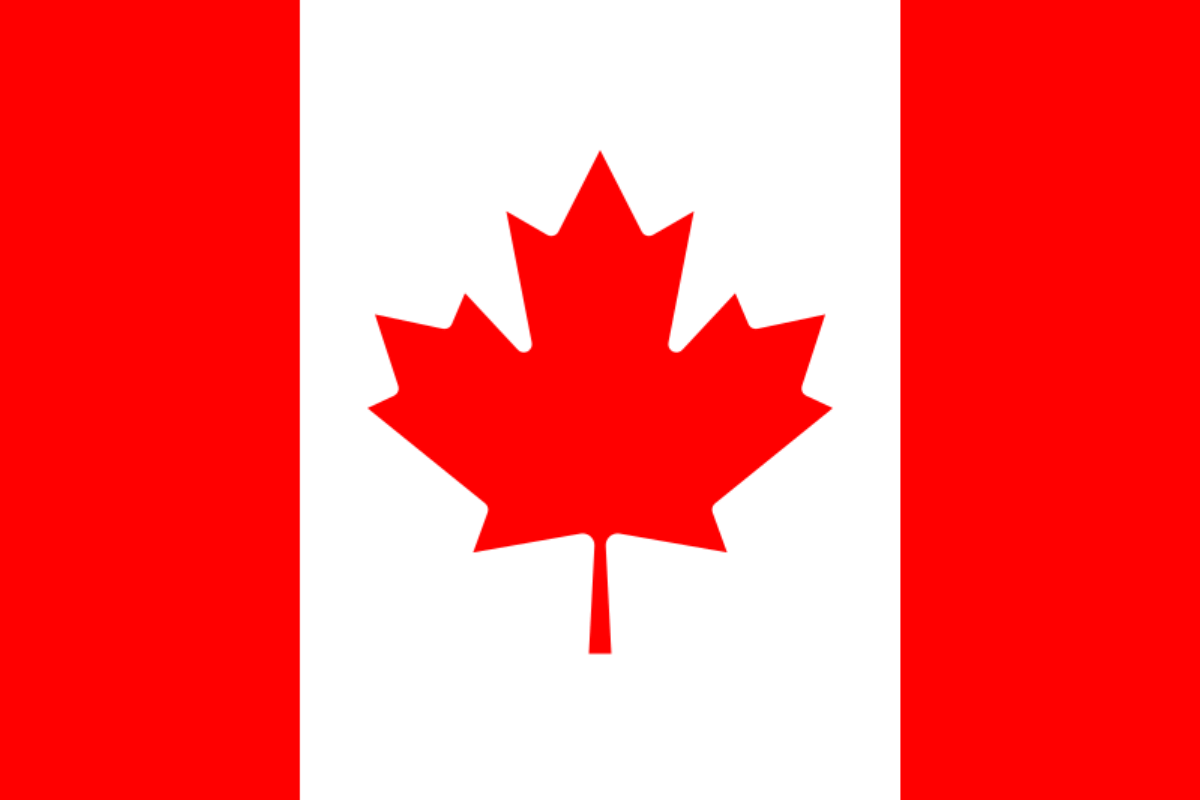Officially, Canada has no national flower. By popular consensus it is considered to be the bunchberry, commonly called the Canadian dwarf cornel, cracker berry and creeping dogwood. This is a creeping, rhizomatous perennial that usually grows to be around 8 inches tall. They are among the smallest of the dogwood family.
So, though Canada does not have an official national flower, the closest thing is the bunchberry.
This was chosen out of several candidates by Canadian people.
Many countries, though, do have their national flower officially recognized in some way, and Canada may do so in the near future, but for now it is unofficial.
Let’s find out more.

What is the national flower of Canada?
National flowers are usually something which have been given official recognition by an authoritative, usually governmental, body.
In Canada, this has not happened, and so in terms of its official national flower, there isn’t one.
That said, national flowers are usually chosen through popular vote, and one flower that has won out in the popular vote for Canada’s national flower is the bunchberry.
Bunchberry goes by many names and is most commonly referred to as either creeping dogwood or dwarf cornel—outside of Canada it is specifically called Canadian dwarf cornel.
The plant is a slow-growing, herbaceous perennial, known as a rhizomatous perennial.
They have above ground shoots rising from slender fibers which are generally placed around 2.5 to 7.5 centimetres deep in the soil.
They live under trees forming what are called clonal colonies, in which the plants essentially produce exact copies of themselves through cloning.
The leaves are shiny, dark green, bunched oppositely on the stem, usually with clusters of six leaves.
The flowers, then, typically bloom in late spring and endure through to midsummer.
They are white and usually around 2cm in diameter, with reflexed petals that are around 1-2cm long.
The petals of each flower are highly elastic and flip backwards when it’s time to propagate, which throws filaments from underneath the petals, accelerating at around 24,000 metres per second.
This gives the bunchberry one of the fastest plant actions in nature, cameras needing to capture at least 10,000 frames per second to be able to record it.
Though the flowers and indeed the whole plant, then, are somewhat unassuming, they contain some of the most dynamic movements in all of botanical nature.
This species then makes a very fitting national flower for Canada—so why exactly has it been chosen?
Why is the bunchberry considered to be the national flower of Canada?
Of course, this is really a question about the sentiments of many individual people.
Though there was a popular vote which bunchberry won, you should of course remember that many people voted for other flowers.
So, the reason you might get from any individual person you ask could be very different.
Nonetheless, they are considered very widely to be iconic Canadian flowers and very important symbols of Canada’s natural landscape.
These flowers are found very broadly, from Japan, China, Russia and Colorado to Canada and even Greenland.
As you can see, then, they are quite common in the northern hemisphere and are able to endure fairly harsh conditions in extremely cold climates.
They persist through to the summer and spring when their small but nonetheless beautiful white flowers emerge to signal the coming of the end of the season.
Canadian people, then, perhaps see them as embodiments of this aspect of life in Canada.
The winters are harsh and can be long, but the spring nonetheless emerges at the end and both the plants and animals endure the harsh conditions to come out the other side.
Again, though, you might get different answers from different people—even different flowers!
What part of the bunchberry is edible?
Firstly, the best advice when it comes to eating wild berries and plants is to not take even the tiniest risk.
Bunchberry fruits are edible, but identifying plants can be tricky even for those with years of training and you may eat something you thought was bunchberry but turns out to be something else.
This can, naturally, have very dire consequences, so again be extremely cautious before you eat something that looks like berries from a plant in the wild.
That said, the berries of the bunchberry plant are edible, though they’re not very flavorful. They can be used in puddings and sauces.
Are bunchberries perennial?
By perennial, we technically simply mean a plant that lives for more than two years.
Bunchberries are perennial, blooming in the spring and summer but dying back during the colder seasons.
This is what is called an herbaceous perennial.
The term is generally simply used to differentiate these plants from shorter lived plants like annuals or biennials.
So, yes, bunchberries are perennial and they can often live for many years without fully dying back.
They do not, though, grow flowers year round as this term is sometimes taken to mean in popular usage.
Again, then, there is no officially designated national flower in Canada—as of yet. It may well be that the bunchberry is adopted as the national flower in the near future, as through popular vote it does appear to have won the people’s hearts.
Whether, though, something else could instead win out in a fresh vote remains to be seen—but for now the unofficial national flower of Canada is the bunchberry.

